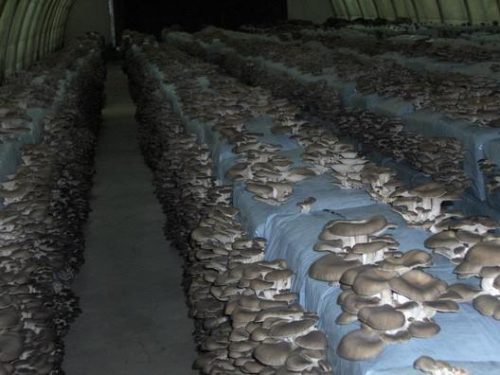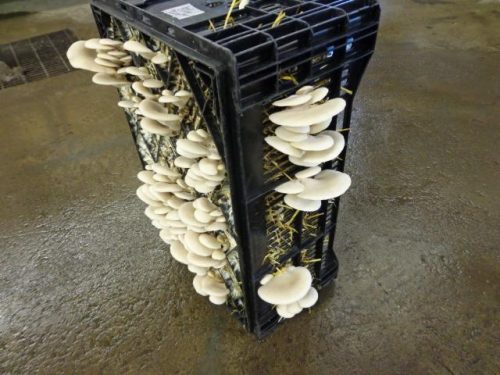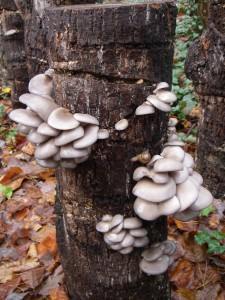Pleurotus, information about cultivation technology
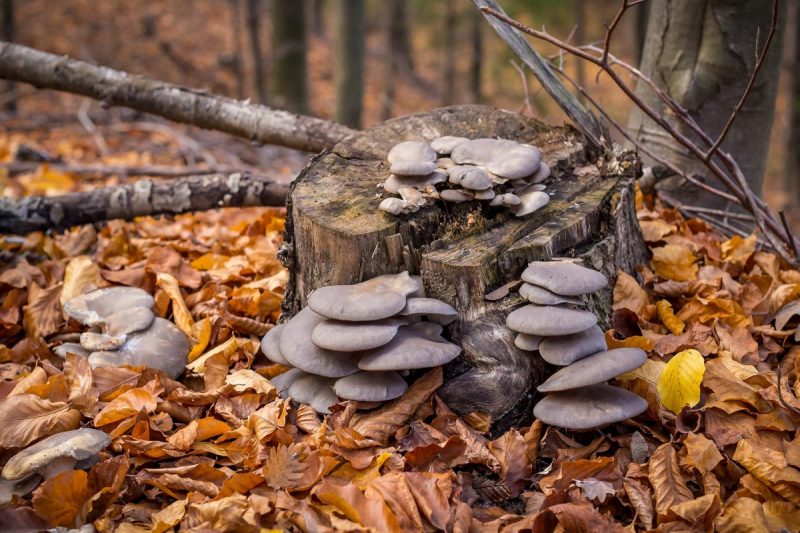
Pleurotus is a tasty mushroom with a lovely aroma. Typically found in the wild flora on beech wood debris (stumps).
The best-known species of Pleurotus are:
- Pleurotus ostreatus– Oyster mushroom.
- The cap is shell-shaped, overlapping, and the color is purplish to white-brown. The stalk is white and short.
- The gills are decurrent and the spore colour is purplish.
- Pleurotus florida– White oyster mushroom
- The cap is oval, elongated, overlapping, white-brown or creamy-pale in colour. The stalk is white, arranged laterally.
- The gills are slightly decumbent and the spores are white.
- Pleurotus cornucopiae
- Pleurotus sajor-caju
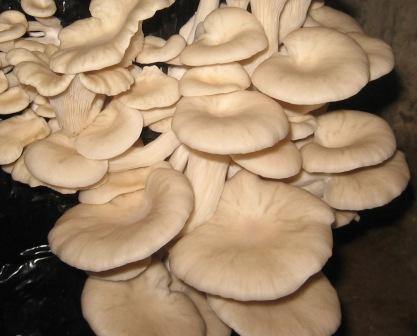
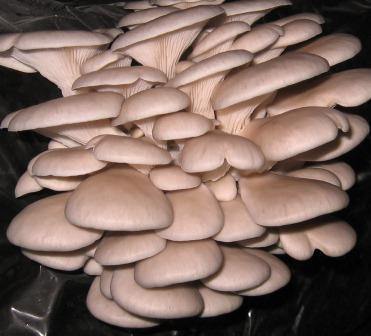
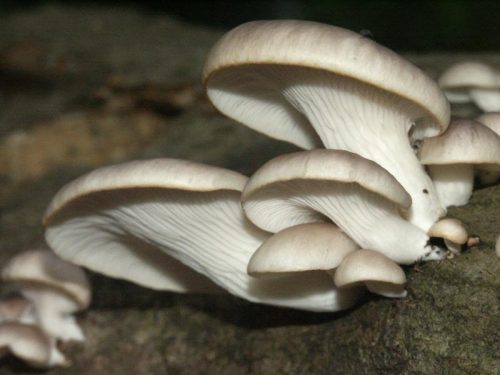
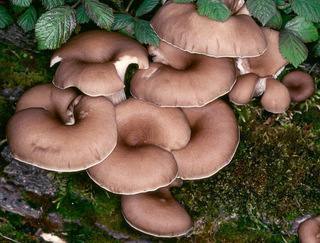
The importance of culture
Due to their nutritional value and culinary value, they have been cultivated for more than 60 years.
Moreover, the production of Pleurotus mushrooms ranks second in the world after Champignon mushrooms thanks to the intensive, modern technologies practiced in the last 2 decades in western countries, Japan, Korea, China, etc.
Ecological requirements
Unlike the Agaricus species, Pleurotus species are capable of photosynthesis and thus grow only in the presence of light. Therefore, the culture substrate must not be decomposed. Pleurotus is a cellulose-eating fungus. This property of decomposition of cellulose and lignin with the help of specific enzymes is the basis for Pleurotus cultivation on various lignocellulosic materials, unfermented.
Cultivation
The optimal growing periods for the two most widespread species in culture are:
- Autumn-winter cycle for Pleurotus ostreatus;
- Winter-spring cycle for Pleurotus florida.
The Pleurotus ostreatus mushroom can be cultivated in properly arranged polyhouses during September-March and on wood. Additionally, it is a versatile mushroom that can be grown on a variety of substrates, making it a popular choice for commercial and home cultivation.
Cultivation can be carried out in different types of shelters consisting of industrial and classic greenhouses, polyhouses, terraces, various closed spaces, etc.
For the preparation of the nutrient substrate are required:
- basic raw materials: wheat, rye and rice straw, deciduous bark, sawdust, etc.
- auxiliary materials: barley grain, oats, maize, cotton or paper waste.
- amendments: calcium carbonate (chalk) or slaked lime.
There are 3 systems of culture, according to the way of placing the nutritive substrate, namely: parallel hill rows placed on the ground in greenhouses or polyhouses, PVC or wooden pads and polyethylene foil, polyethylene bags.
For the Pleurotus ostreatus mushroom, the wood culture system is also used.
Hill rows culture system
The prepared cellulose mixture is transported to the greenhouse or to the nursery, where the hill rows are formed.
To form the hilled row, the following dimensions are used: 200 cm length at the base, 40 cm width at the base, 15 cm top width, 60 cm total height. The filling technique consists of laying the first layer of about 15 cm of the substrate, followed by spreading a quantity of mycelium. The hilled rows are covered as tightly as possible with a thin 0.04 mm polyethylene foil perforated lightly. After covering, ensure the optimal temperature for mycelial incubation.
The crate culture system
The technique of using the crates consists of lining the crates with wet polyethylene foil, filling the crates with a substrate in which an appropriate amount of mycelium is administered (5% by volume). After this, compact the substrate so that the thickness of the substrate is 12-15 cm, covering the compressed substrate with perforated foil as tightly as possible. If the perforation of the foil was not performed before use, this operation can be performed later, with a brush made of thin nails.
Polyethylene bag culture system
Black bags are preferred, capped, or tied at the topside, the weight of the substrate varying depending on their diameter at a standard height of 40 cm. The bags are placed on metal, wood, or concrete shelves, where the mycelium is incubated in the cellulosic mixture. Compared to culture in PVC or wood guards, culture in bags has proven to be more profitable.
The briquettes made in polyethylene bags, compared to those from the boxes, have a more active possibility of fruiting due to the larger side surface and a 2-3 times lower consumption of the cellulosic mixture.
Wood culture system
This system uses wooden trunks (stumps), inoculated with mycelium and then placed in damp places, away from wind and shaded. The trunks of soft essence, such as willow, poplar, birch, lime, bear fruit for 1-2 years. You can also use hardwood trunks such as acacia, hornbeam, oak, beech, ash, or fruit trees such as plum, sour cherry, pear, apple, walnut, etc. On hardwoods, the production lasts 3-4 years and is high, compared to the production on softwood essences.
Harvesting
It is done when the cap is not fully stretched to avoid stretching the leg and enlarging it. In the intensive culture system, 8 cycles per year can be practiced. The production is 90-110 kg / m² or up to 200 kg of mushrooms per 1 ton of nutrient substrate. The first wave is generally the strongest, representing about 12-20% of the initial weight of the raw materials used to prepare the nutrient substrate.














































































































































































































































































































































































































































